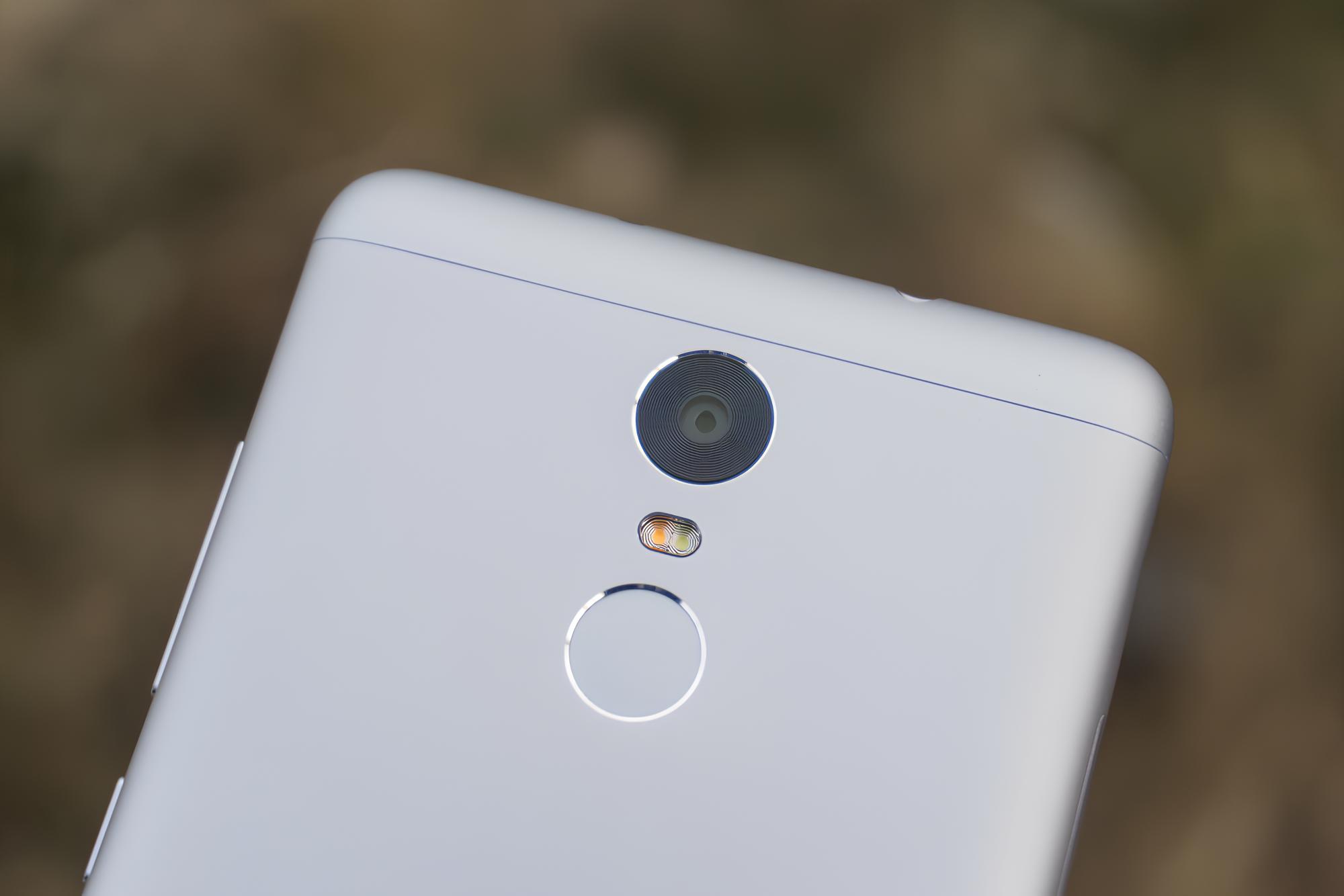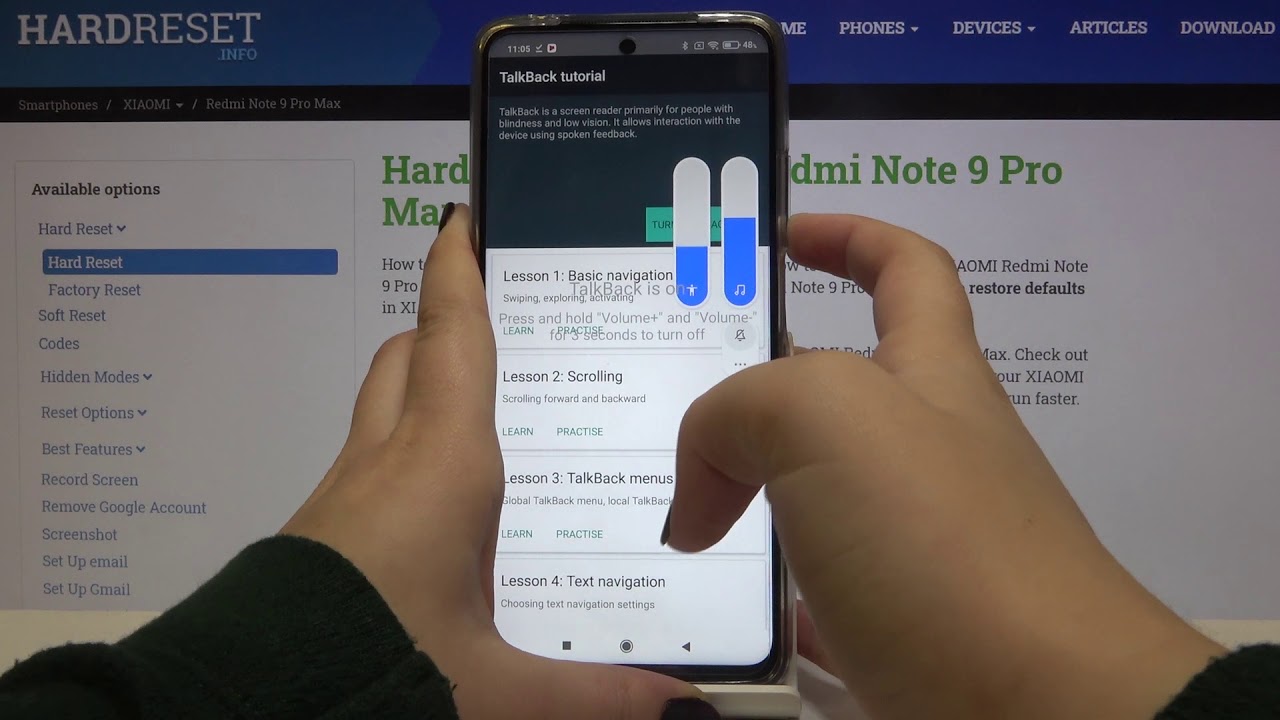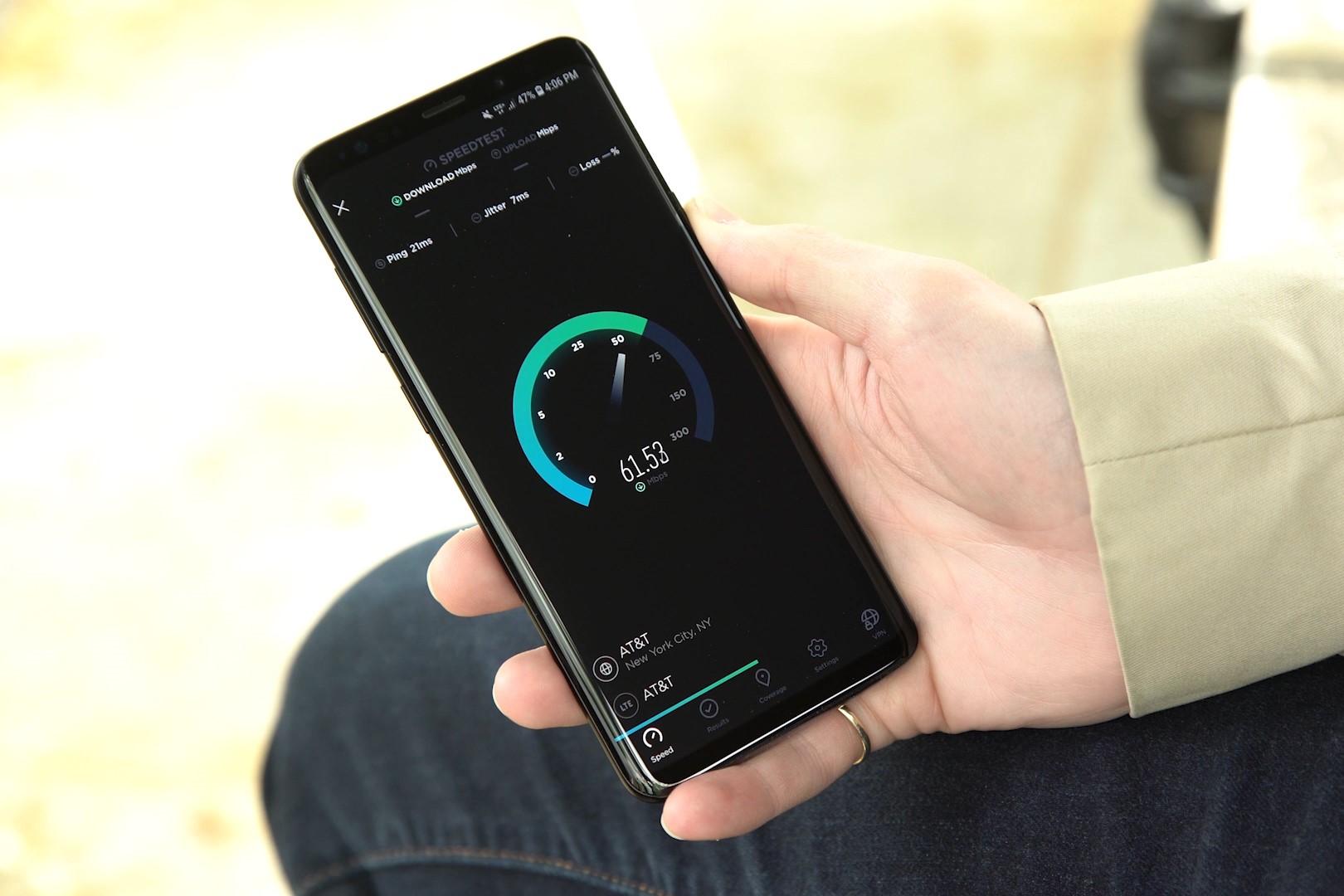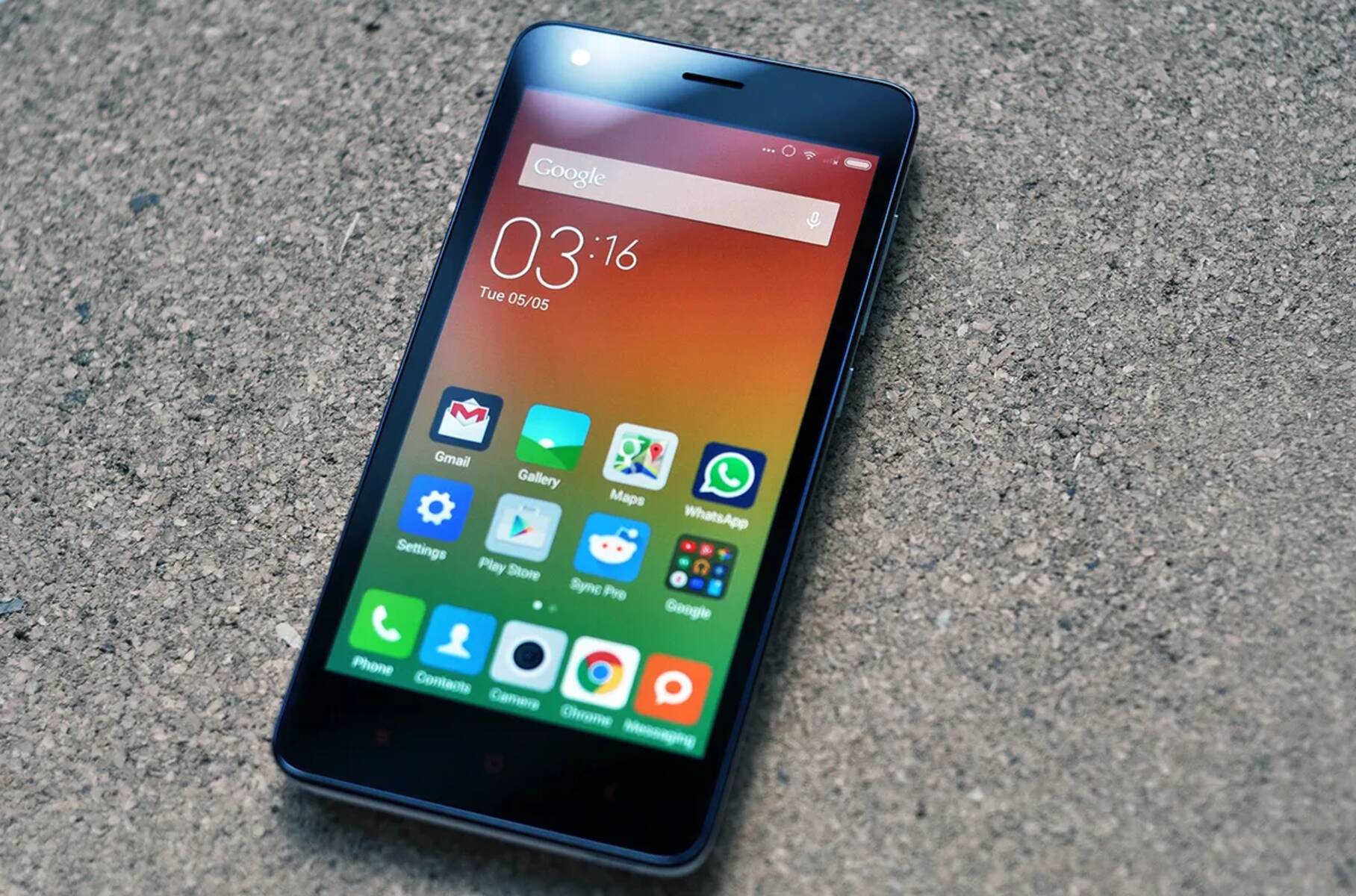Introduction
Smartphones have become an indispensable part of our daily lives, offering a myriad of features and functionalities that cater to our diverse needs. One such feature that has revolutionized the way we interact with our devices is the sensor functionality. Sensors play a crucial role in enabling various capabilities, such as automatic screen rotation, ambient light adjustment, proximity detection, and more. These functionalities enhance user experience and provide convenience in numerous scenarios.
However, there are instances where users may find it necessary to disable sensor functionality on their Redmi devices. Whether it's due to personal preferences, specific use cases, or troubleshooting purposes, the ability to deactivate sensor functionalities can offer a tailored and customized experience. By understanding the reasons behind this need and the steps involved in disabling sensor functionality, users can gain greater control over their device's behavior and optimize its performance to suit their individual requirements.
In the following sections, we will delve into the reasons why individuals may choose to disable sensor functionality on their Redmi devices, explore the steps to accomplish this, and highlight potential risks and considerations associated with this action. By providing a comprehensive overview, users can make informed decisions and effectively manage their device's sensor functionalities to align with their unique preferences and needs.
Reasons to Disable Sensor Functionality
There are several compelling reasons why individuals may opt to disable sensor functionality on their Redmi devices. Understanding these motivations can shed light on the diverse needs and preferences of users, ultimately guiding the decision to customize the device's behavior.
-
Battery Conservation: Sensors, particularly those related to motion detection and ambient light adjustment, can contribute to battery consumption. By deactivating certain sensor functionalities, users can potentially extend their device's battery life, especially in situations where these features are not essential.
-
Privacy Concerns: Some users may have privacy apprehensions related to specific sensor functionalities, such as the gyroscope or accelerometer. Disabling these sensors can offer a sense of control over the data being collected and transmitted by the device, aligning with privacy-conscious preferences.
-
Customized User Experience: For individuals who prefer a consistent screen orientation or specific display brightness settings, disabling certain sensor functionalities allows them to maintain a personalized user experience without the automatic adjustments triggered by sensors.
-
Troubleshooting Purposes: In cases where sensor-related issues arise, such as inaccurate proximity detection or erratic screen rotation, temporarily disabling sensor functionalities can serve as a troubleshooting measure. This enables users to assess whether the problems persist in the absence of sensor inputs.
-
Enhanced Accessibility: Certain users, including those with specific accessibility needs, may find it beneficial to deactivate certain sensor functionalities to simplify device interactions and accommodate individual preferences and requirements.
By recognizing these diverse reasons, users can make informed decisions regarding the management of sensor functionalities on their Redmi devices, tailoring the device's behavior to align with their unique needs and priorities.
Steps to Disable Sensor Functionality
Disabling sensor functionality on Redmi devices involves navigating through the device settings to access the specific sensors and deactivate their functionalities. While the process may vary slightly based on the Redmi model and the device's operating system, the fundamental steps remain consistent. Here's a comprehensive guide to disabling sensor functionalities on your Redmi device:
-
Access the Settings Menu: Begin by unlocking your Redmi device and locating the "Settings" app on the home screen or in the app drawer. Tap on the "Settings" icon to enter the device settings.
-
Navigate to Additional Settings: Within the Settings menu, scroll down to find the "Additional Settings" option. This section often contains advanced device configurations and specific features related to sensors and other functionalities.
-
Select Privacy: Once in the Additional Settings menu, locate and tap on the "Privacy" option. This section encompasses various privacy-related settings, including permissions and data usage for different device features.
-
Choose Permission Manager: Within the Privacy settings, look for the "Permission Manager" or a similar option that governs the permissions granted to different sensors and functionalities on the device. Tap on this option to proceed.
-
Manage Sensor Permissions: In the Permission Manager, you will find a list of various sensors and features that require permissions to operate. This may include the gyroscope, accelerometer, proximity sensor, ambient light sensor, and others. Select the specific sensor for which you intend to disable functionality.
-
Toggle Off the Permission: Upon selecting the desired sensor, you will typically encounter a toggle switch or a similar control that enables or disables the sensor's permissions. To deactivate the sensor functionality, simply toggle off the corresponding switch.
-
Confirm the Changes: After disabling the sensor functionality, it's advisable to confirm the changes and exit the settings menu. You can do this by pressing the back button or using the navigation options provided within the settings interface.
By following these steps, you can effectively disable sensor functionalities on your Redmi device, tailoring its behavior to suit your specific preferences and requirements. It's important to note that while these steps offer a general guideline, the exact process may vary slightly based on the device model and software version. Additionally, certain sensor functionalities may be integral to the device's core operations, and disabling them could impact the overall user experience. Therefore, it's recommended to exercise caution and consider the implications before deactivating sensor functionalities on your Redmi device.
Potential Risks and Considerations
When considering the prospect of disabling sensor functionality on Redmi devices, it's essential to weigh the potential risks and implications associated with this action. While the ability to customize the device's behavior is advantageous, it's crucial to be mindful of the following considerations:
Impact on User Experience
Disabling certain sensor functionalities can significantly impact the overall user experience. Features such as automatic screen rotation, ambient light adjustment, and proximity detection contribute to the seamless and intuitive operation of the device. By deactivating these functionalities, users may encounter inconveniences and limitations in various scenarios, potentially leading to a less optimized and intuitive device usage.
Device Functionality and Performance
Certain sensor functionalities are integral to the core operations and performance of Redmi devices. For instance, the gyroscope and accelerometer play a crucial role in enabling immersive gaming experiences and augmented reality applications. Disabling these sensors may restrict the device's capabilities and hinder the performance of specific apps and functionalities that rely on sensor inputs.
Privacy and Security Implications
While privacy concerns may prompt users to disable sensor functionalities, it's essential to consider the broader implications. Disabling certain sensors, particularly those related to location tracking and environmental data collection, may impact the accuracy and functionality of location-based services and environmental sensors. This can affect the performance of navigation apps, weather updates, and other location-dependent features.
Software and System Stability
Disabling sensor functionalities may introduce unforeseen software and system stability issues. The device's operating system and associated applications are designed to leverage sensor inputs for optimal performance and stability. By deactivating these functionalities, users may encounter unexpected behaviors, compatibility issues with certain apps, and potential system instabilities that could disrupt the overall device functionality.
Warranty and Support Considerations
Modifying core functionalities of the device, including sensor configurations, may have implications for warranty coverage and official support channels. In some cases, altering these settings could void the device's warranty or limit the scope of technical support available from the manufacturer or authorized service providers. Users should be aware of the potential impact on warranty coverage before making significant modifications to sensor functionalities.
User Responsibility and Informed Decisions
Ultimately, the decision to disable sensor functionalities on Redmi devices rests with the user. It's crucial to approach this customization with a thorough understanding of the potential risks and considerations involved. Users are encouraged to assess their specific needs, weigh the implications, and make informed decisions that align with their preferences while considering the broader impact on device functionality and user experience.
By acknowledging these potential risks and considerations, users can make informed choices regarding the management of sensor functionalities on their Redmi devices, ensuring that their customization efforts align with their individual needs and priorities while mitigating potential drawbacks.
Conclusion
In conclusion, the ability to disable sensor functionality on Redmi devices offers users a valuable avenue for customizing their device experience to align with their unique preferences and requirements. Whether driven by the need to conserve battery life, address privacy concerns, or tailor the user experience to individual preferences, the option to deactivate specific sensor functionalities provides a level of control and personalization that enhances the overall usability of the device.
However, it's essential for users to approach this customization with a balanced perspective, considering the potential implications and trade-offs associated with disabling sensor functionalities. While the flexibility to customize the device's behavior is empowering, it's crucial to recognize the impact on user experience, device functionality, privacy considerations, software stability, and warranty implications.
By understanding the diverse reasons for disabling sensor functionalities and the associated risks, users can make informed decisions that prioritize their individual needs while mitigating potential drawbacks. It's important to exercise caution and consider the broader implications before implementing significant modifications to sensor configurations, ensuring that the overall device performance, stability, and user experience are not unduly compromised.
Ultimately, the decision to disable sensor functionalities on Redmi devices should be guided by a comprehensive understanding of the implications and a thoughtful assessment of individual needs. By striking a balance between customization and the preservation of core device functionalities, users can optimize their device experience while maintaining a seamless and reliable operation that aligns with their unique preferences and priorities.

























